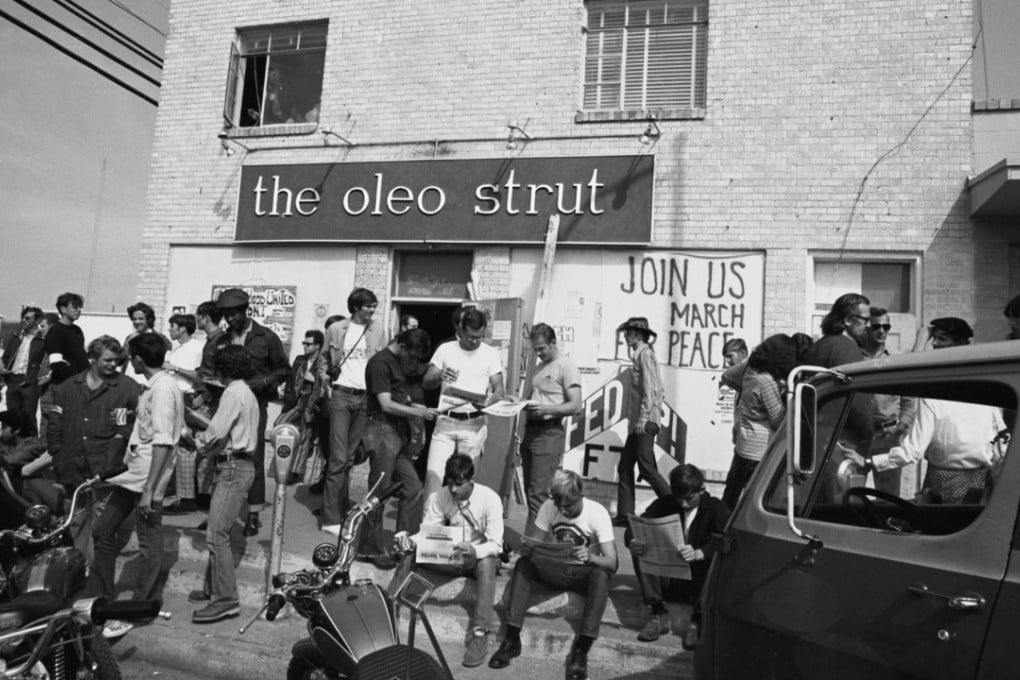Why American soldiers were on front lines of anti-Vietnam-war movement
Ho Chi Minh City exhibition recalls how American GIs organised protests, published underground newspapers and served jail time in their efforts to bring peace to Southeast Asia

The stereotypical image of the Vietnam war veteran, returning to the United States after an arduous tour of duty, only to be spat upon and cursed as a murderer by sneering, long-haired peace protesters, is seared into the American psyche like a scar from a white-hot burst of napalm. The accepted belief is that weary veterans trudged home to be condemned, cold-shouldered, even physically assaulted – simply for doing their duty to their country.
In popular culture, the phenomenon was memorably depicted in the 1982 film First Blood, which unleashed Sylvester Stallone’s traumatised John Rambo on the world.
“I did what I had to do to win, but somebody wouldn’t let us win,” the grudge-carrying former Green Beret howls at the film’s climax. “Then I come back to the world and I see all those maggots at the airport. Protesting me. Spitting. Calling me baby killer …”
American activist Ron Carver insists that GIs returning from Southeast Asia to such a reception is a “myth”, arguing that soldiers – even those on active duty – were at the very heart of the peace movement in the US. Returning servicemen and women were so appalled by what they had seen – and what they had done, in some cases – that they became the most motivated and powerful voices against the war.
“Anti-war GIs led every major peace march in America from 1968 on,” claims 71-year-old Carver, an associate fellow at the Institute for Policy Studies, a Washington-based progressive think tank. “They were leaders of the anti-war movement.”